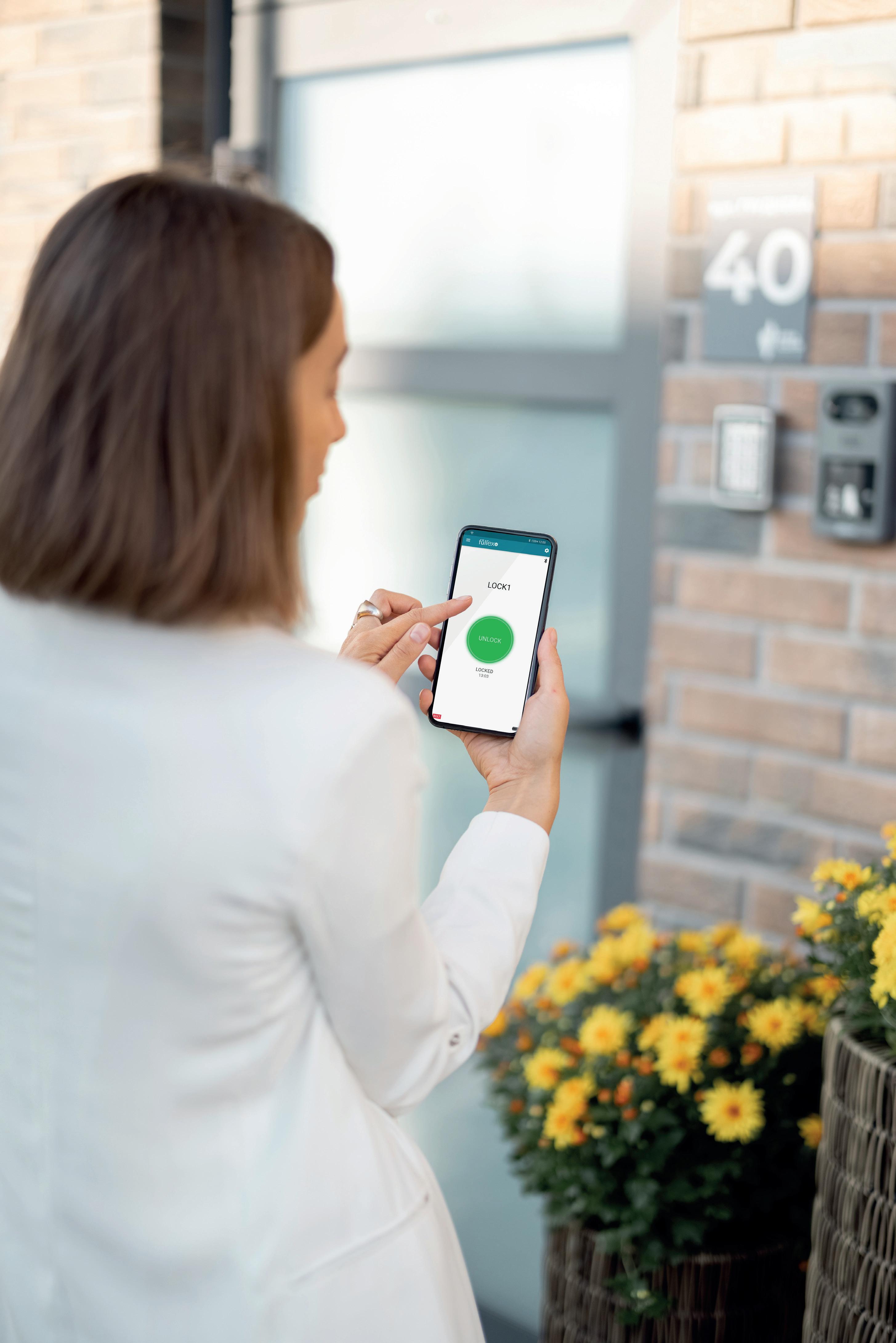
3 minute read
A SMARTER APPROACH TO SECURITY
David Jennings, CEO of UAP, explains how customer insight and advances in technology are delivering more secure and user-friendly electronic locks.
No longer considered a luxury or ‘nice to have’, smart technology is now an expectation in the home. More and more people are turning to smart devices to make their lives easier and to feel safer and better connected. In line with this trend, electronic locks are growing in popularity across the residential sector.
In response, technology has quickly evolved, and this has brought a variety of new products to market, giving fabricators, installers and end users more choice than ever before. When selecting an electronic lock, there are however, several factors to consider to make sure it meets consumers’ changing needs.
Key Requirements
Ensuring the highest levels of security will always be a top priority for homeowners and residents. But in an increasingly fast-paced world, populated by tech-savvy consumers, an electronic lock must tick other boxes too.

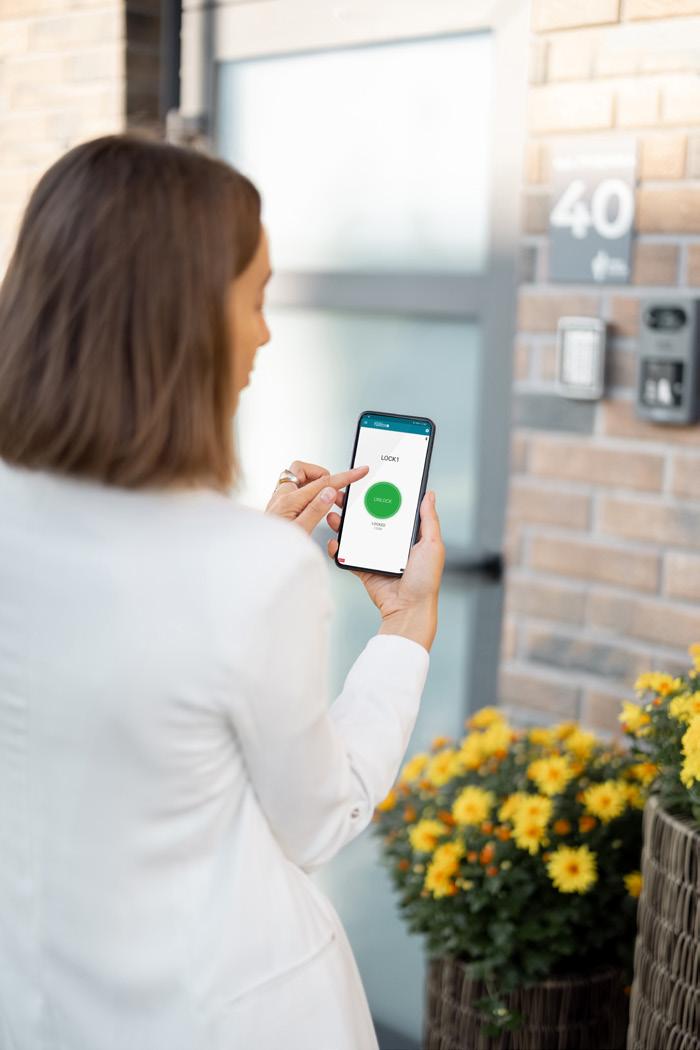
Improving the overall customer experience is crucial and that requires a lock that is both very easy to use and flexible. These factors are also important for those who own or manage properties such as social landlords and those working in the private rented sector.
From our own research with customers, flexibility means being able to tailor a smart lock to individual needs. To satisfy the demand for ease of use, people want to be able to shut their door and for it to automatically lock, without having to lift a lever and turn a key. If the door lock is operated using a smartphone App, that needs to be simple too, allowing people of all ages to use it without an issue.
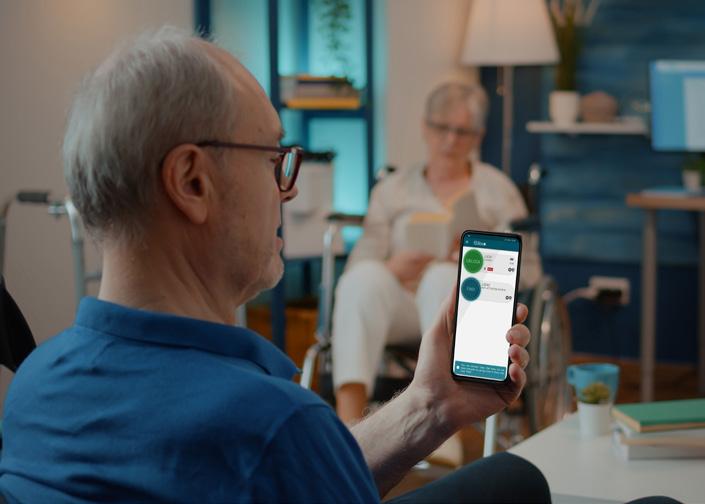
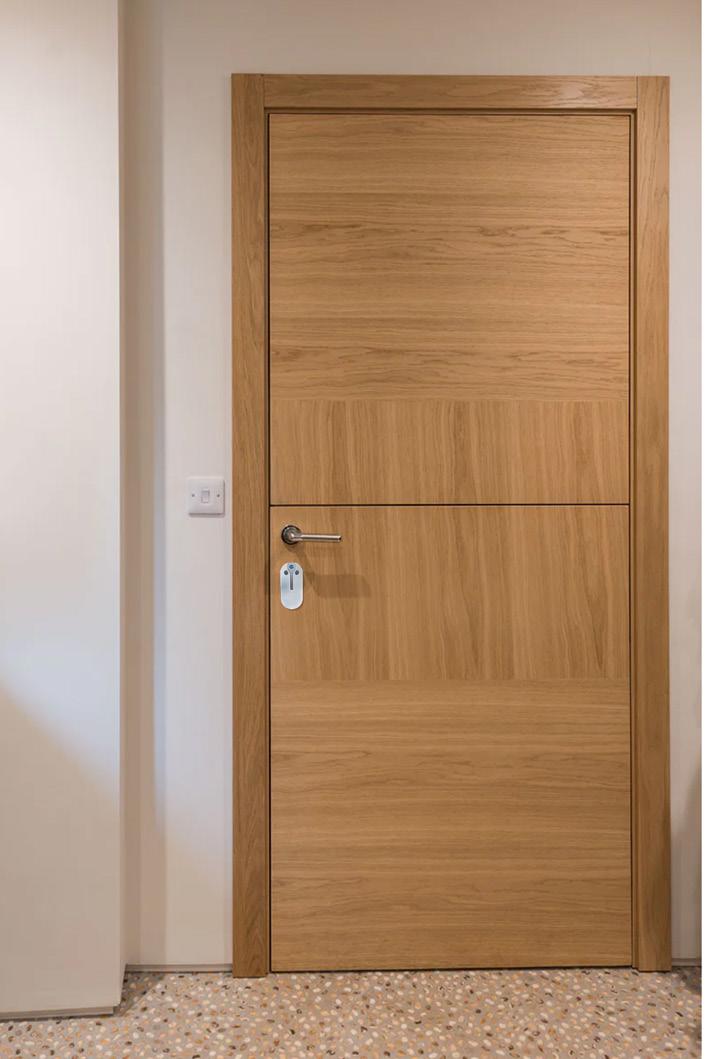
This simplicity extends down the chain to fabricators and installers. Removing the need for complex wiring is essential to deliver a quicker installation, especially across multiple residential properties.
To make sure an electronic lock is ultra-secure, some technologies can be counterproductive. Biometrics such as fingerprint readers for example, can increase the risk of hacking. Earlier this year, research revealed that off the shelf hardware combined with minimal hacking knowledge could harvest fingerprints via a consumer smart lock, largely due to a lack of dedicated secure storage.
The rise in keyless car theft has also left some consumers worried about the effectiveness of electronic door locks that use the same system.
Next Level Tech
Advances in technology and new approaches to design are helping to address these needs and expectations. The IONIC for example, is a new electronic lock that follows five years of research and development.
The design is based on the Fullex Crimebeater lock and can be operated using a smartphone App, a fob, push button on the inside, or a thumb turn. A simple interface hides complex technology built into the App. This enables several access functions, including the ability to add new users and set times for entry at the click of a button.
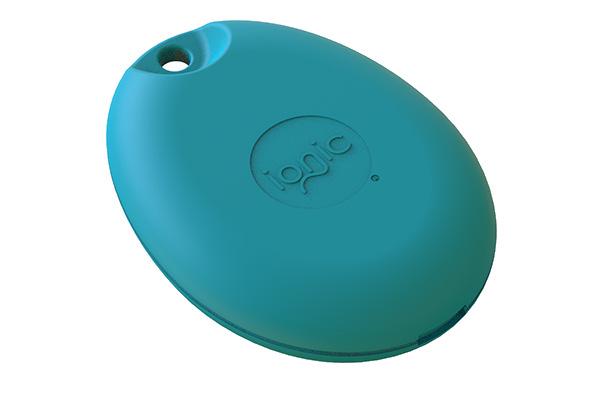
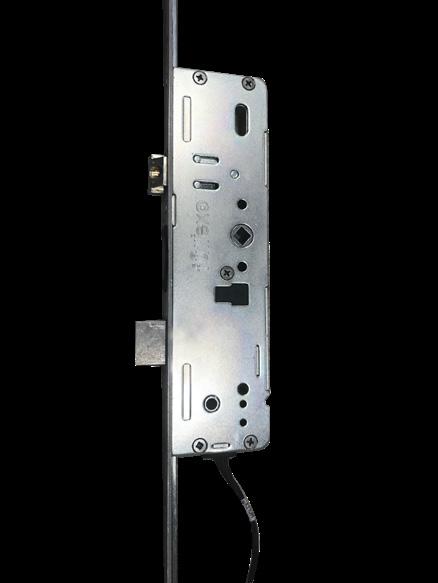
A wireless unit, which fits easily to a door frame, connects to a control unit and is used to power the Iock. Customers can either use a USB wire with a plug or a power pack to charge the lock via this system. If there was a power cut, a charged lock can operate for up to four weeks without a power supply.
The lock also comes with an override key which can be used in an emergency and is ideal for owners and managers of rented properties. When a tenant leaves, this key and the main brain* can be replaced within 10 minutes, requiring no special skills. Any existing fob can be reprogrammed in seconds.
Using our extensive knowledge of mechanical and car vehicle technology, the IONIC has been developed to offer the most advanced security encryption on the market. The fob codes can’t be stolen by intercepting the signal in the same way that thieves target keyless cars. This is because every fob has been manufactured with two million rolling codes, making every transmission unique.
Face recognition further enhances security and no server is needed to control the lock which holds no data.
As a 45mm backset multipoint lock, the IONIC can be installed on timber, aluminium and composite doors of any thickness between approximately 44 to 54mm. No complex wiring is needed making the product as simple to fit as any multipoint lock.
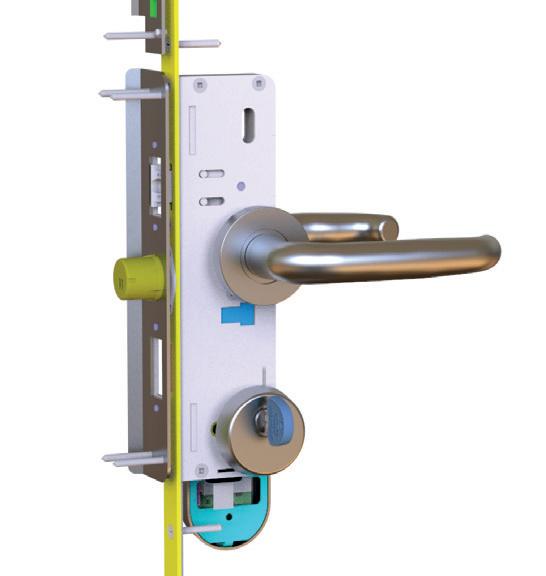
Once installed, the risk of any future maintenance or troubleshooting is minimal. The electronics have been developed by a specialist in Hungary which manufactures printed circuit boards for the car industry. Each one is tested multiple times before being shipped to the UK. This not only maximises reliability, but ensures EU GDPR compliance.
Adapting To Change
As technology continues to rapidly evolve, electronic door locks are more effective and accessible than ever before. Thanks to customer insight, advanced electronics and testing, smart locks are now more tailored to consumer needs, providing safer, more secure, and flexible security solutions that are quick and easy to install.
www.uapcorporate.com
OPEN YOUR DOOR WITH THE TOUCH OF YOUR FINGER
